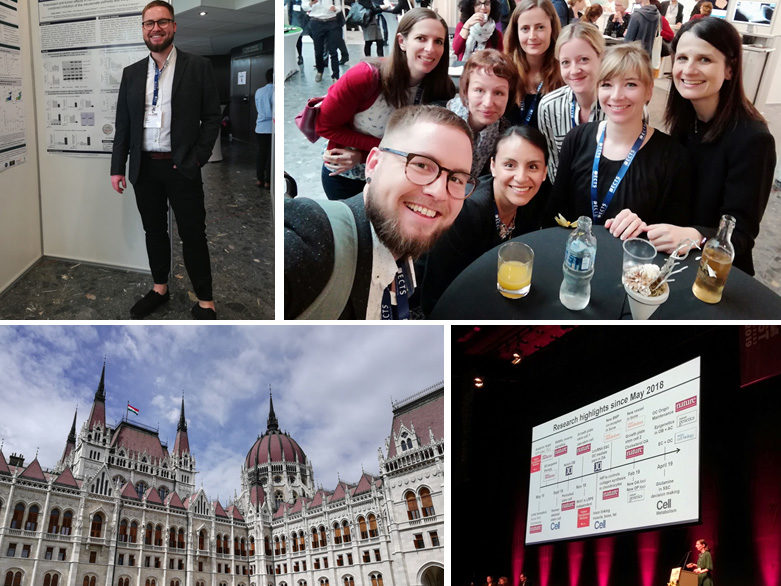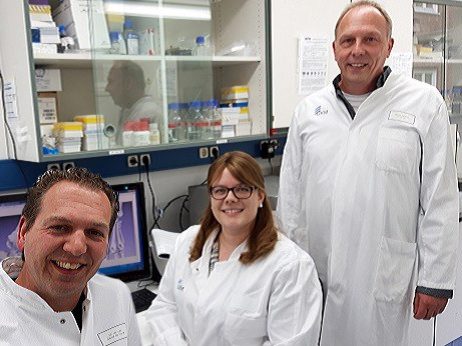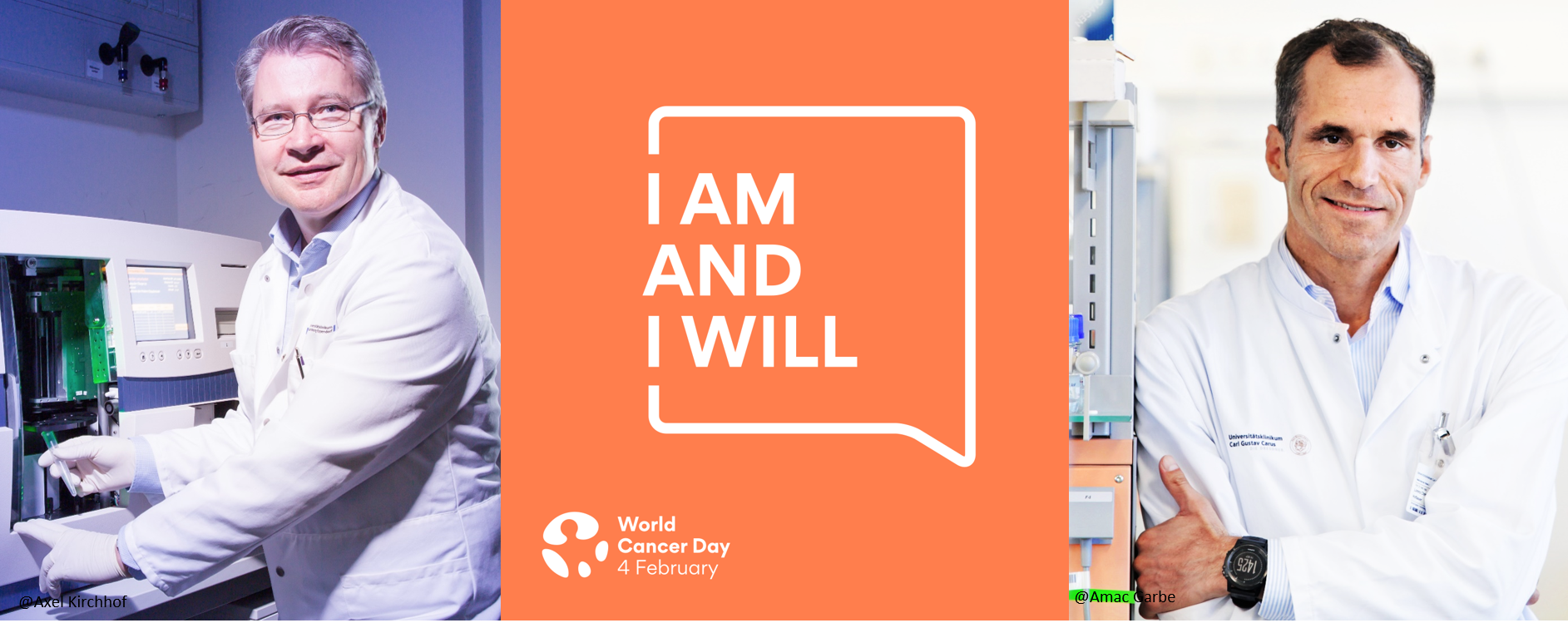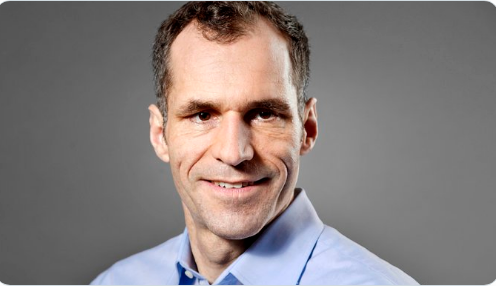International scientific exchange at the ECTS by Andy Göbel, Universitätsklinikum der Technischen Universität Dresden
Several µBone scientists attended this year’s European Calcified Tissue Society (ECTS) congress to meet the international bone research community. The ECTS is a European organization for clinicians and researchers working in the musculoskeletal field. The members share a common mission to translate their continuous revelation of new aspects in bone homeostasis into novel therapeutic approaches for patients suffering from bone-related disorders such as osteoporosis or bone metastases. In this year, the ECTS community met in Budapest, a lively city full of history in the heart of Hungary, for five days of interactive basic and clinical sessions.
One essential aspect of the annual ECTS congress is to foster international collaboration and to establish synergies between various experts and across locations to enhance the quality and efficiency in bone research. Several members of the German-wide µBone consortium have been involved as presenters and chairs to spread new data, to stimulate the scientific exchange, and to promote the visibility of the ECTS Academy. Hanna Taipaleenmäki, a µBone PI, chaired the ECTS Academy in the previous year and has handed over to Elena Tsourdi, endocrinologist and member of the Bone Lab Dresden, to chair the Academy in the coming year. The ECTS Academy is a group of talented bone researchers who are selected based on their scientific merit and self-organize their activities to promote personal contact and networking.
As a scientist in osteooncology, I was excited to attend the lectures on cancer dormancy given by Jürgen Dittmer (Germany) and Caroline Wilson (United Kingdom). Both of them stressed the importance of our scientific efforts to understand the mechanisms of cancer dormancy in bone and the contribution of the local microenvironment, a current hot topic in the field. Clearly, consortia like µBone have been established precisely at the right time to expand our understanding of cancer spread to and growth within bone.
However, not only research itself is important, but also how new findings are communicated. I was amazed with how much care and insight my colleague, Martina Rauner, co-head of the Bone Lab Dresden, led a session on “What is new?” in basic bone research. Her detailed overview taught us how the field has been pushed forward by the recent advances in technologies, especially in the field of imaging. I am looking forward to the novel findings that the µBone consortium will produce and would be thrilled to see a special lecture on “What is new in osteooncology” where we can present new players, new mechanism and, hopefully, novel therapeutic targets to prevent cancer metastasis to bone.




